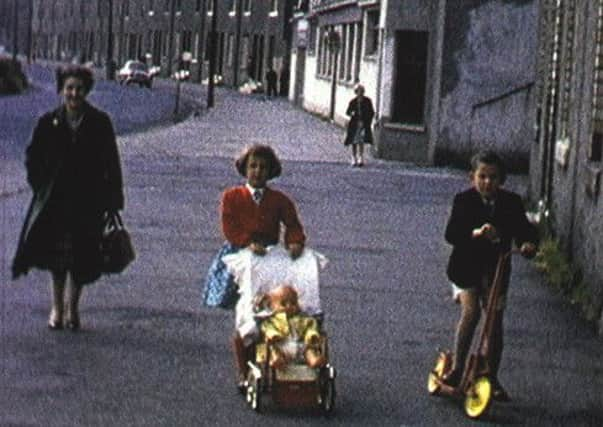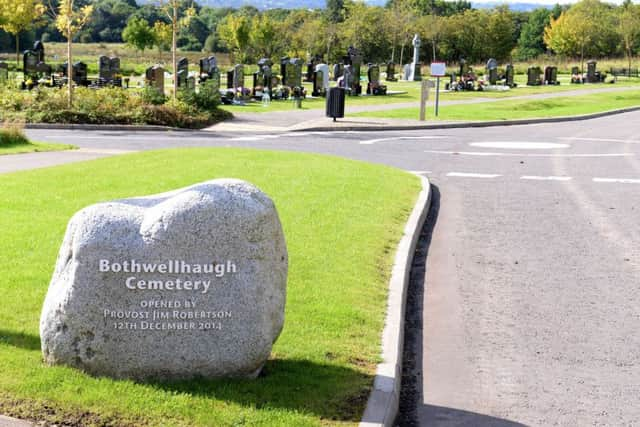The former mining village submerged under Strathclyde Loch


The entire population of Bothwellhaugh in North Lanarkshire was evacuated in 1965 to make way for a new motorway and country park, including a man-made loch.
Its residents were moved to nearby towns, and the ruins of the village lie underwater to this day.
Advertisement
Hide AdAdvertisement
Hide AdBut for eight decades from 1884 a vibrant community thrived in the area.


Bothwellhaugh lay close to the north bank of the river Clyde, about ten miles south east of Glasgow.
Formerly owned by the Duke of Hamilton, several collieries were developed following the discovery in 1850 of extensive coal seams on his estates.
The lease of mineral rights at Bothwellhaugh was then granted to the Bent Colliery Company, who sunk two pits on the site, and named it the Hamilton Palace Colliery.


The village accordingly became known as “The Pallis” and had two churches, two schools, a miner’s welfare club and 450 homes.
Housing was provided by the Bent Colliery Company soon after the mine had opened. One group of rows of terraced houses was built close to the pithead at the end of the 1880s and into the 1890s.
But it had no pub - on the orders of the Duke.
Apart from the few who had a bath, options for washing were to use a sink, a tub placed in front of the kitchen fire or to wait your turn for the nearest communal washroom.
Advertisement
Hide AdAdvertisement
Hide AdAt its peak, the mine employed around 1,400 workers and produced around 2,000 tonnes of shale a day.
Speaking in 1999, one former resident, Tom Eadie, said life was good in Bothwellhaugh “People in the village made their own entertainment. There was no thought of going to different towns and villages. There used to be all kinds of things going on,” he said.
The pit closed in 1959 with residents dispersed. Bothwellhaugh was finally demolished in 1966 and later flooded to create the loch at Strathclyde Country Park.
The only traces of the village today are a memorial cairn, memorabilia and displays in the Countryside Ranger Service Visitor Centre at the Country Park.
